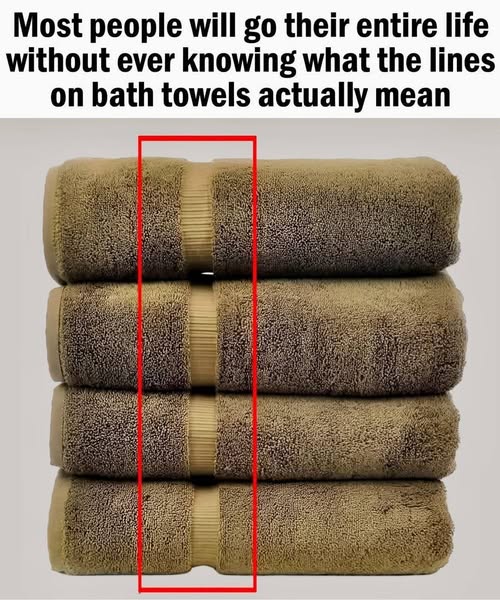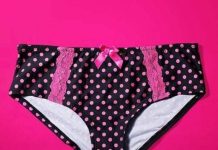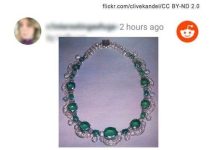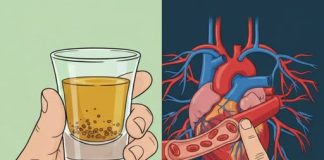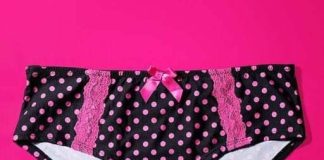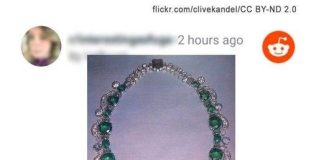Bath towels are ubiquitous in households, yet few people consider the intricate details in their design. One such detail is the presence of lines or bands, often mistaken for mere decoration. These lines, known as dobby borders, serve multiple functional purposes that enhance the towel’s utility and longevity.
Enhancing Absorbency and Drying Efficiency
The lines on bath towels are not just aesthetic; they play a crucial role in improving absorbency. The weaving technique used to create these lines increases the towel’s surface area, allowing it to soak up more water efficiently. Additionally, these lines aid the drying process by creating channels that promote airflow, ensuring the towel dries faster and reducing the risk of mildew buildup.
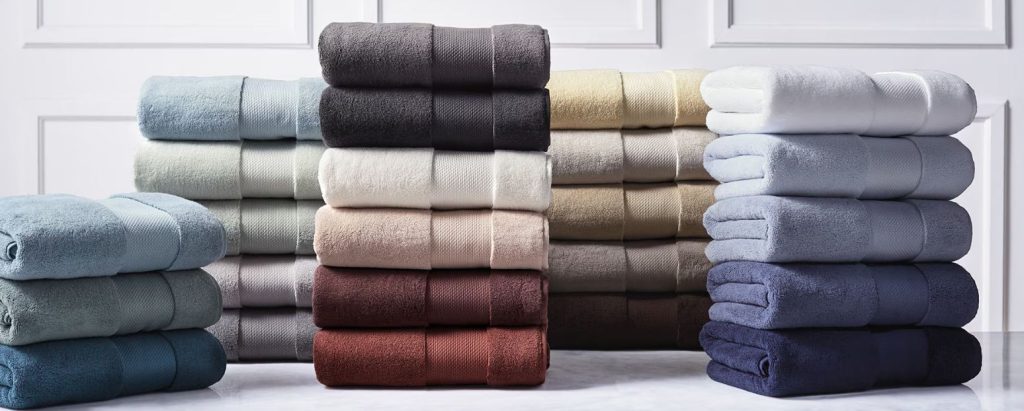
Structural Integrity and Durability
Beyond absorption, the dobby borders contribute to the towel’s structural integrity. These densely woven bands reinforce the fabric’s edges, preventing fraying and distortion even after repeated washing and use. This reinforcement ensures that the towel maintains its shape and remains a functional and attractive addition to the bathroom over time.
Aiding in Folding and Storage
The lines on towels also serve as visual guides, making it easier to fold or hang them neatly. This small but thoughtful detail helps maintain the towel’s appearance and organization, especially in settings like hotels where presentation is key. In some cases, the number of stripes can indicate the towel’s size, assisting staff in quickly identifying and sorting them.
Aesthetic Appeal and Branding Opportunities
While functionality is paramount, the dobby borders also add to a towel’s visual appeal. The decorative bands provide a polished look, making the towels suitable for upscale environments like hotels and spas. Moreover, these borders offer a structured area for branding and embroidery, allowing manufacturers to add logos or monograms without compromising the towel’s integrity.
Modern Towel Design Innovations
In recent years, towel manufacturers have taken traditional design elements like dobby borders and reimagined them for modern needs. Some towels now feature dual-texture zones, combining smooth and looped sections to enhance both absorbency and exfoliation. These advanced designs often retain the dobby lines for structural support while incorporating antimicrobial threads or quick-dry technology to suit fast-paced lifestyles. Additionally, eco-friendly materials like bamboo and organic cotton are becoming increasingly popular. These fibers not only reduce environmental impact but also respond well to traditional dobby weaving methods, maintaining the towel’s durability and function. In luxury markets, dobby borders are used strategically to signal brand identity. Certain high-end hotels even commission custom dobby designs that serve both a branding and organizational function—helping staff distinguish between sizes or designated towel sets. Overall, the simple lines on your bath towel represent a blend of timeless utility and modern innovation that continues to evolve with consumer needs.
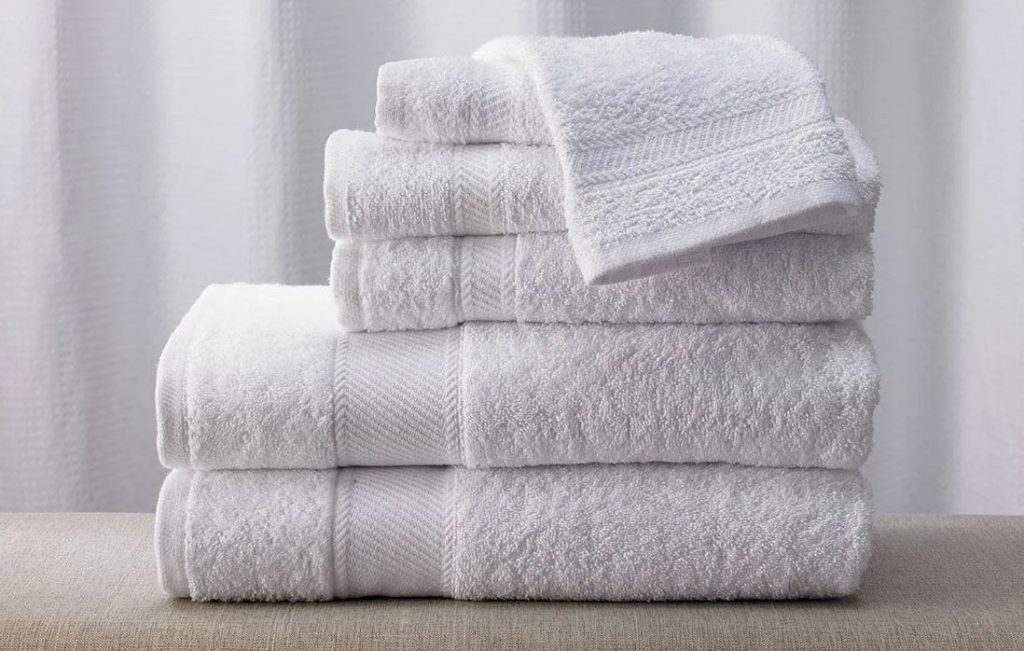
Conclusion: Appreciating the Design of Bath Towels
In conclusion, the lines on bath towels are far more than decorative elements—they are the result of thoughtful design and engineering. From enhancing absorbency and drying efficiency to reinforcing structural integrity and aiding in organization, these lines serve multiple purposes that improve the towel’s functionality and longevity. Recognizing these features allows for a greater appreciation of the craftsmanship involved in everyday items like bath towels.

